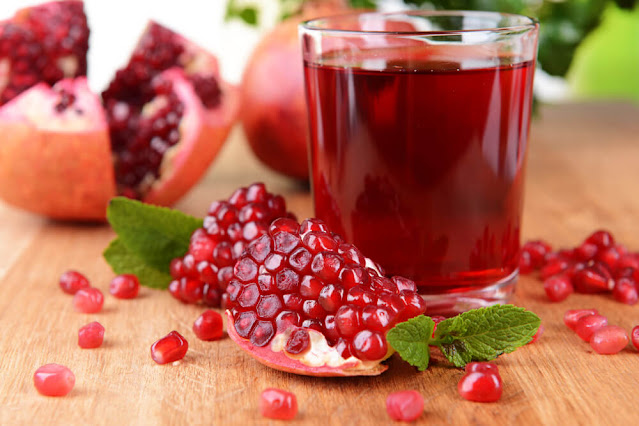Discover the Best Indonesian Spices
Cloves (Cengkeh)
Cloves, or Cengkeh in Indonesian, are dried flower buds from the clove tree. Indigenous to the Maluku Islands, cloves have been a highly prized commodity for centuries.
Uses and Benefits
Cloves are used in a variety of dishes, from savory meats to sweet desserts. Their strong, pungent aroma and spicy flavor make them perfect for curries, stews, and baked goods. Cloves are also integral to the famous Indonesian spice blend, Bumbu.
In terms of health benefits, cloves are known for their antibacterial and anti-inflammatory properties. They are also a source of antioxidants and can aid in digestion and pain relief.
Nutmeg (Pala)
Nutmeg, or Pala, is another spice native to the Indonesian Banda Islands. Known for its warm, sweet flavor, nutmeg is a staple in both sweet and savory dishes.
Uses and Benefits
Nutmeg is commonly used in sauces, soups, and desserts such as cakes and cookies. It's also a key ingredient in the spice mixture Garam Masala.
Health-wise, nutmeg has been associated with improved digestion, pain relief, and detoxification. It also has antibacterial and anti-inflammatory properties.
Cinnamon (Kayu Manis)
Cinnamon, known locally as Kayu Manis, is derived from the bark of trees in the genus Cinnamomum. Indonesian cinnamon is highly prized for its sweet, spicy flavor.
Uses and Benefits
Cinnamon is used extensively in baking, desserts, and savory dishes. It's an essential component of the spice blend Bumbu Rujak, used in various Indonesian dishes.
The health benefits of cinnamon include lowering blood sugar levels, reducing heart disease risk, and possessing antioxidant properties.
Turmeric (Kunyit)
Turmeric, or Kunyit, is a bright yellow spice that is integral to Indonesian cooking. It is derived from the root of the Curcuma longa plant.
Uses and Benefits
Turmeric is used in a variety of dishes, from curries to rice dishes like Nasi Kuning. Its earthy, slightly bitter flavor adds depth to many recipes.
Turmeric is renowned for its anti-inflammatory and antioxidant properties. It can also aid in digestive health, boost immune function, and has been linked to improved brain health.
Galangal (Lengkuas)
Galangal, known as Lengkuas in Indonesian, is a root similar to ginger but with a sharper, more peppery flavor.
Uses and Benefits
Galangal is a key ingredient in Soto, a traditional Indonesian soup, and Rendang, a richly spiced meat dish. Its unique flavor profile makes it a staple in many Indonesian recipes.
Galangal is known for its anti-inflammatory properties, digestive benefits, and potential to boost circulation and improve cognitive function.
Coriander (Ketumbar)
Coriander, or Ketumbar, comes from the seeds of the cilantro plant and is used both as a whole spice and ground.
Uses and Benefits
Coriander is used in Bumbu, curries, and as a seasoning for meat dishes. Its citrusy, slightly sweet flavor enhances a variety of recipes.
The health benefits of coriander include aiding digestion, lowering blood sugar levels, and possessing antioxidant properties.
Lemongrass (Serai)
Lemongrass, known as Serai in Indonesia, is a fragrant herb used extensively in Southeast Asian cuisine.
Uses and Benefits
Lemongrass is used to flavor soups, stews, and curries. Its fresh, lemony flavor pairs well with both savory and sweet dishes.
Lemongrass has antimicrobial and antifungal properties, and it can help relieve anxiety, lower cholesterol, and improve oral health.
Tamarind (Asam Jawa)
Tamarind, or Asam Jawa, is a tangy fruit used in Indonesian cooking to add a sour note to dishes.
Uses and Benefits
Tamarind is used in soups, sauces, and marinades. It's a key ingredient in the traditional Indonesian dish Sayur Asem.
Tamarind is rich in antioxidants, vitamins, and minerals. It aids in digestion, helps lower cholesterol, and has anti-inflammatory properties.
Candlenuts (Kemiri)
Candlenuts, known as Kemiri, are used in Indonesian cooking to add a creamy texture and nutty flavor.
Uses and Benefits
Candlenuts are often ground into pastes for curries and sauces. They are a crucial ingredient in Rendang and Sambal.
Despite being toxic when raw, once cooked, candlenuts provide a source of healthy fats and proteins.
Pandan Leaves (Daun Pandan)
Pandan Leaves, or Daun Pandan, are aromatic leaves used to add a distinct flavor and fragrance to Indonesian dishes.
Uses and Benefits
Pandan leaves are used in rice dishes, desserts, and to wrap food for cooking. They impart a unique, sweet aroma that enhances many recipes.
Pandan leaves are known for their antioxidant properties and can help lower blood pressure, manage diabetes, and improve sleep quality.
Conclusion
Indonesian spices are an essential part of the nation's culinary identity. From the warm, sweet notes of nutmeg to the pungent, spicy kick of cloves, these spices not only flavor dishes but also offer a plethora of health benefits. By incorporating these spices into your cooking, you can experience the rich tapestry of Indonesian cuisine and its profound impact on health and well-being.



Comments
Post a Comment